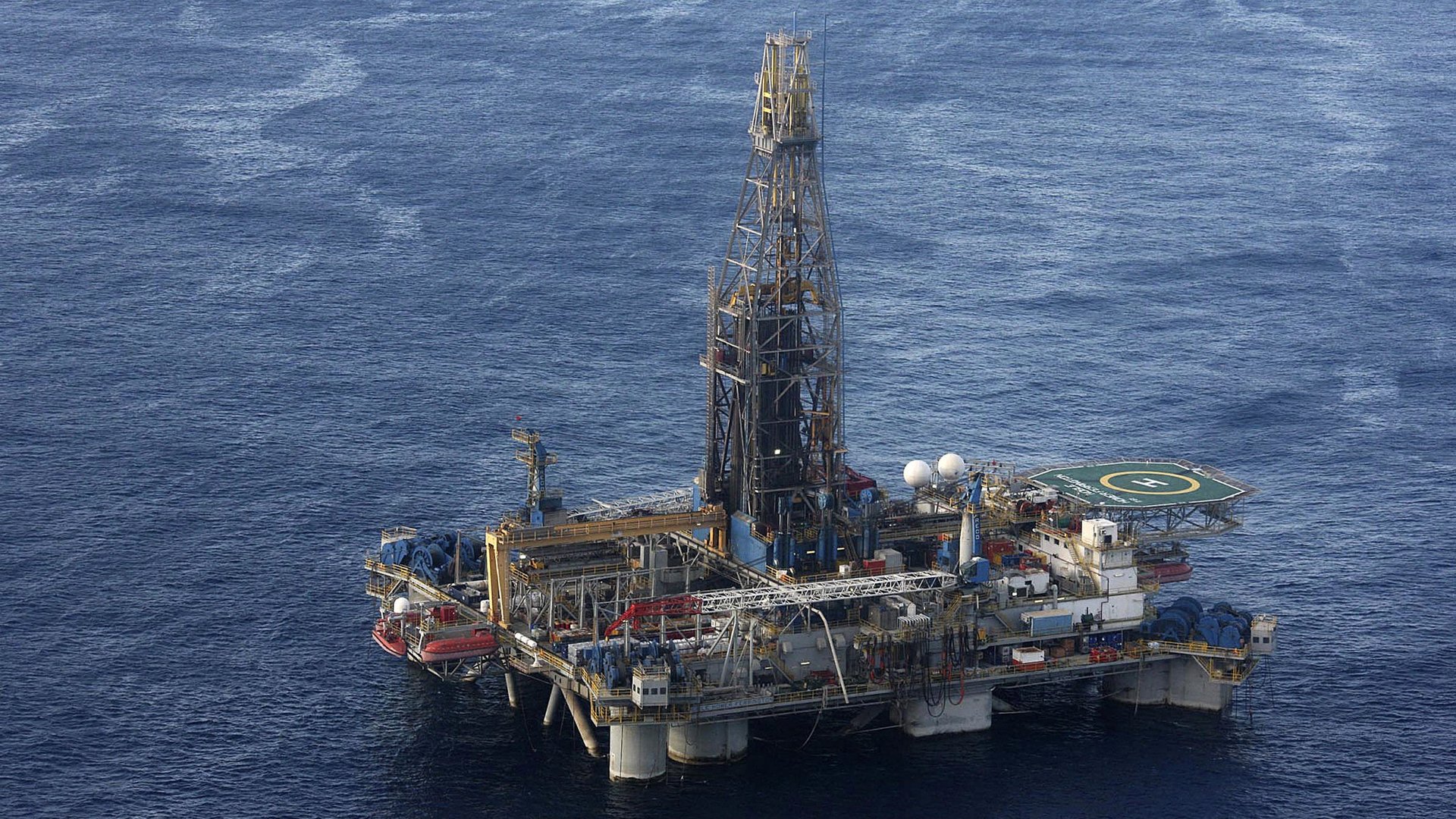When Israel starts exporting natural gas, Cyprus and Lebanon could be the big losers
Israel has started its first flow of natural gas from the Eastern Mediterranean Sea, one of the most frenzied new hydrocarbon plays in the world. The players—including former hydrocarbon have-nots Cyprus and Lebanon—are invoking large numbers to describe the outsized economic impact of the gas. But there is still no solution to a big problem—how to get the gas to the global export market?


Israel has started its first flow of natural gas from the Eastern Mediterranean Sea, one of the most frenzied new hydrocarbon plays in the world. The players—including former hydrocarbon have-nots Cyprus and Lebanon—are invoking large numbers to describe the outsized economic impact of the gas. But there is still no solution to a big problem—how to get the gas to the global export market?
On March 31, gas reached the Israeli shore from Tamar, 90 kilometers off of northern Israel, which contains the estimated equivalent of 1.6 billion barrels of oil (a 1-billion-barrel field is called a “supergiant.”). Leviathan, another east Mediterranean field offshore from Israel, contains the estimated gas equivalent of more than 3 billion barrels of oil.
The fields are part of the Levant Basin, which is shared by Lebanon and Cyprus. Cyprus has found gas in its section of the basin, and Lebanon has announced a tender for exploration off its shoreline.
Among the big numbers being tossed around is that the two Israeli fields combined can supply the country with gas for 150 years if none is exported, and that Tamar alone will improve Israel’s GDP by 1% a year and its current-account balance by $3.6 billion in 2013. Israel’s exchange rate against the dollar and the euro will also get a boost, according to the Bank of Israel. In all, the gas could be worth some $240 billion, based on European prices.
The companies to benefit are Houston’s Noble Energy, with 36% of Tamar, and Israel’s Delek Group and Dor Gas, which own the rest.
Gas exports are supposed to commence in about three years, according to the companies and the Israeli government. But how? If local politics were different, the best markets would be neighboring Syria, Jordan and Egypt. Given the realities, the gas must be exported, which raises questions of security—Hezbollah, for instance, has threatened to attack Israel’s gas installations—and cost.
Russia’s Gazprom thinks that Israel’s gas will be exported as liquefied natural gas (LNG)—in February, it obtained the exclusive rights to export LNG from Tamar. As LNG, the gas could go anywhere in the world. But a floating LNG facility could cost some $5 billion. That makes a lot of analysts disregard LNG as a practical option. If the destination is Europe it can be piped, but a pipeline to Greece would also be expensive.
But in March, Israel and Turkey resumed relations after a three-year rift. That opens up the possibility of piping the gas through Turkey. One much-discussed plan is to go via Cyprus, since it and Israel could share the export development costs, and thus achieve economies of scale. But that would require Turkey and Cyprus patching up their fraught relationship, which would be difficult.
A Turkish company called Zorlu has proposed another option. It is an undersea pipeline linking Israel and Turkey directly. This is now the leading export route, with the easiest politics and economics of all. It could also strand gas from Lebanon and Cyprus, since regional politics would probably prevent either from participating in an Israeli pipeline, forcing them to find their own way.